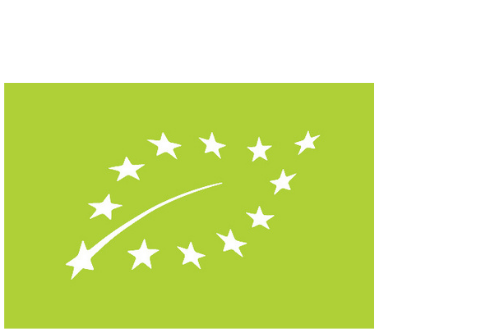
30 years ago, in 1991, the first European Regulation on organic farming was published. That same year, Ecocert Belgium, now CERTISYS, was created.
A look at the origin of the European Organic Regulation.
At the origin of the European Organic Regulation EC 2092/91, a group of pioneers were driven by a common desire to have organic farming officially recognised and to protect its designation, and therefore to offer a clear framework to organic farmers in order to enhance the value of their production and guarantee quality products to consumers. It was under the auspices of the European delegation of IFOAM, supported by national representative bodies such as Biogarantie® in Belgium, that the drafting of private specifications, national regulations and European regulations was carried out.
In 1991, the EC Regulation 2092/91 was published. This regulation sets out the rules to be respected in terms of plant production. In 1999, it was enriched with rules on production, labelling and inspection in the field of animal husbandry (EC 1804/1999).
The basic rules of the European Organic Regulation?
“The ban on the use of chemical fertilisers and synthetic pesticides or herbicides and the ban on the use of genetically modified organisms.”
2005-2009, Regulation 834/2007 replaces EC 2092/91
In 2005, a European Action Plan for Organic Food and Farming was drawn up.
Its goal?
To define the precise direction of European organic agricultural policy: the market for organic products, consumer information, support for producers through rural development, harmonisation of the European standard (specifications), control system, etc.
Following this, in 2007, in a spirit of continuity, the new Organic Regulation EU 834/2007 was published. A change was made to the Regulation. Although GMOs are strictly prohibited in organic farming, there is no clear definition of the acceptance threshold for contamination. The threshold for conventional agriculture was therefore applicable. The new Regulation clarifies this point and puts an end to the controversy.
2010, the Eurofeuille becomes THE official European organic label.
In 2010, the Eurofoil logo is selected by the European Commission to become the official label for pre-packaged organic products produced in the European Union as of 1 July 2010.
In 2014, the 3rd revision of the European Organic Regulation was launched and in 2018, the new European Organic Regulation EU 2018/848 on organic production and labelling of organic products was published. It repeals Regulation 834/2007 as of 1 January 2022.
To know everything about the new EU Organic Regulation, click here!
During these 30 years, following the example of CERTISYS, the European Regulation has been revised in order to follow the evolution of organic farming, to meet its needs and to guarantee the consumer quality products, healthy and with a positive impact on the environment.
Every day, the actors of the organic sector, of which CERTISYS is a part, work hard to maintain and strengthen quality organic farming.
“MAKING BIO BETTER TOGETHER
Want to know more about our history, how we operate, the ORGANIC sector, find us on our LinkedIn (subscribe to the hashtag #MAKINGBIOBETTERTOGHETER) and Facebook accounts.